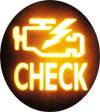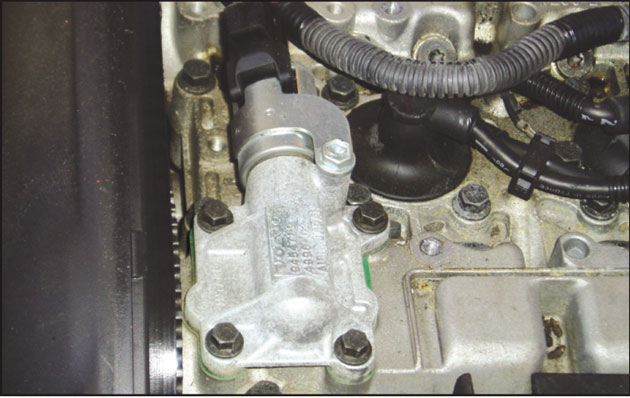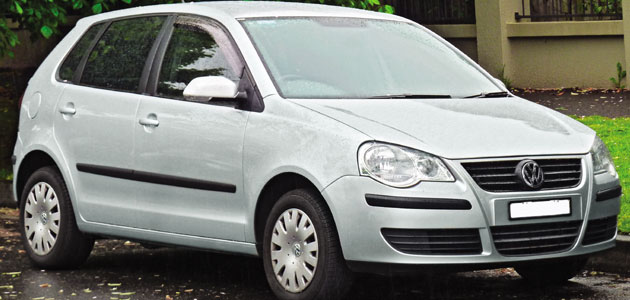
Two tricky jobs put troubleshooting expert, Steve Carter, through his diagnostic paces. As you’ll find out, sometimes the real problem lies beyond what even the ECU can understand.

VOLVO S40 1.6 – SLUGGISH RESPONSE The particular problem with this vehicle was its frequent, but random, inability to pull away from a standstill. This was not a transmission or clutch problem, but appeared to be the inability of the engine to develop sufficient torque from idle speed. Even applying a significant amount of throttle still made pulling away problematic, and as I stated previously, this problem was not continuous. This particular engine is equipped with the EMS 2000 engine management system and does not incorporate fly-by-wire, so no throttle body adaption was available. Any idle adjustment is by means of a small grub screw. However, the idle speed, most of the time, appeared to be within specification.
The particular problem with this vehicle was its frequent, but random, inability to pull away from a standstill. This was not a transmission or clutch problem, but appeared to be the inability of the engine to develop sufficient torque from idle speed. Even applying a significant amount of throttle still made pulling away problematic, and as I stated previously, this problem was not continuous. This particular engine is equipped with the EMS 2000 engine management system and does not incorporate fly-by-wire, so no throttle body adaption was available. Any idle adjustment is by means of a small grub screw. However, the idle speed, most of the time, appeared to be within specification.
As you can see in the photograph (below), this engine is equipped with continuous variable valve timing. The camshaft actuator receives its instructions from the engine ECM which causes the actuator to channel engine oil, under pressure, to alter the camshaft’s position, creating continuous variable valve timing. On closer inspection, significant amounts of solidified engine oil deposits could be seen in the galleries within the actuator. These deposits were cleaned out with a degreasing agent, and the problem was resolved.

A build up of oil deposits had intermittently interfered with the variable valve timing.

2004 VW POLO 1.4 – INTERMITTENT ABS During this vehicle’s annual service it was noted that the ABS warning lamp was on. Reading the fault code from the ABS ECM, it merely stated that the ABS pump had failed. This is a very expensive component to replace, and pointless, if not necessary. While obtaining the necessary pin data information, we checked the earth and battery positive supply to the ABS module.
During this vehicle’s annual service it was noted that the ABS warning lamp was on. Reading the fault code from the ABS ECM, it merely stated that the ABS pump had failed. This is a very expensive component to replace, and pointless, if not necessary. While obtaining the necessary pin data information, we checked the earth and battery positive supply to the ABS module.
While carrying out these checks it was possible on one or two occasions to regain one of the positive battery supplies, which had been lost. This coincided with leaning across the vehicle battery.
You may know that some of this vehicle’s fuses are housed within the plastic battery cover and these fuses are just thin metal strips between two bolt fixings. A blown fuse can be seen very clearly, but in our case, the fuse had actually cracked and looked more like a scratch than a defective fuse. The fuse was replaced and the ABS was completely functional again.
A crack in a strip fuse (circled) can cause an intermittent fault.
A keen eye will notice that the other strip fuse also needs to be replaced.









